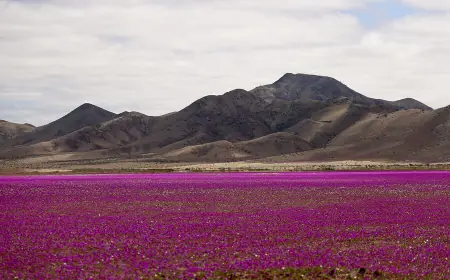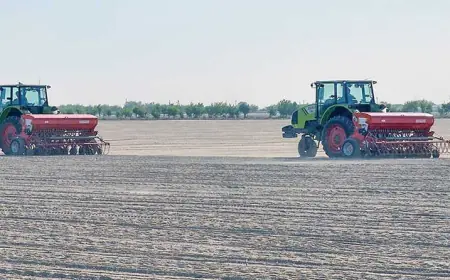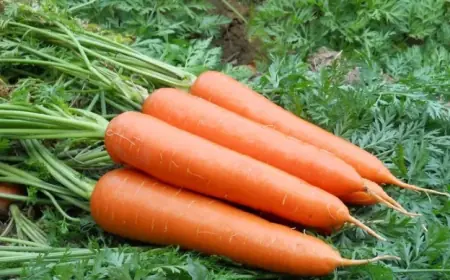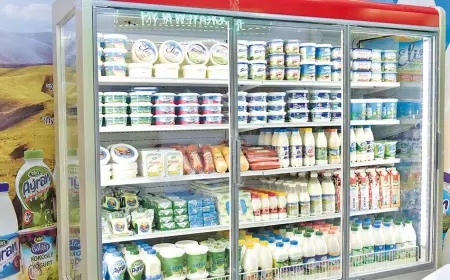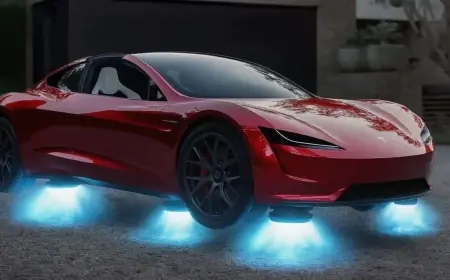Methods and Timing for Growing Date Palm Trees
The date palm (Phoenix dactylifera) is a subtropical fruit tree that thrives in hot and dry climates. It is highly valued for its sweet, energy-rich fruit and economic potential. The southern and eastern regions of Turkmenistan offer ideal conditions for growing date palms.
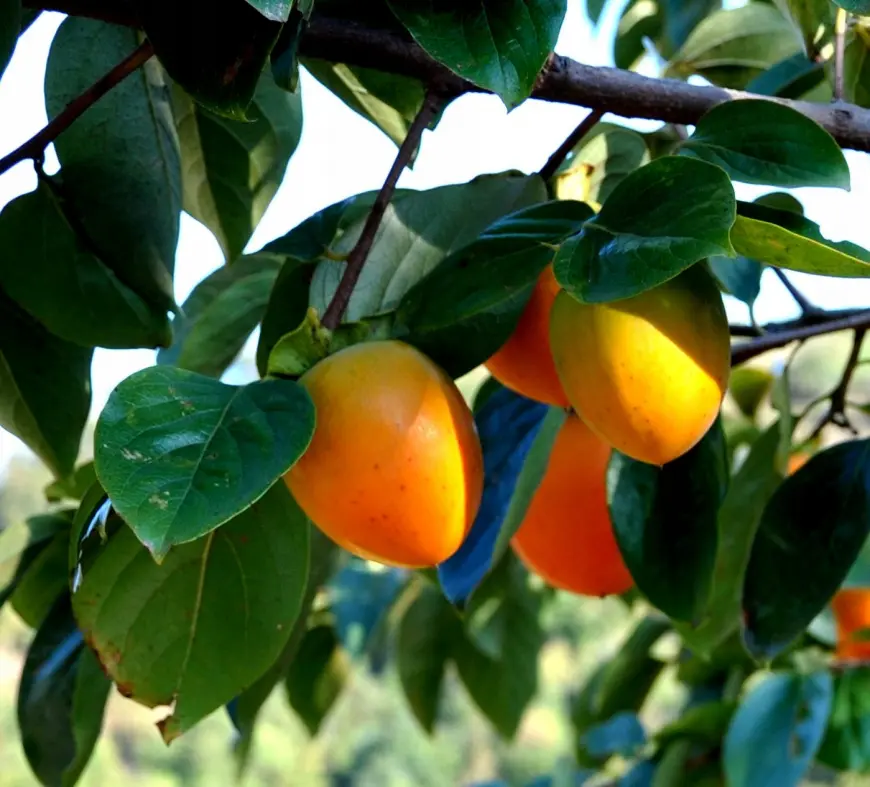
Planting Time
The best times to plant a date palm are spring and autumn:
-
Spring (March–April):
Plant seeds or seedlings once the soil has warmed up. -
Autumn (September–October):
Autumn planting helps roots establish before winter.
Growing Methods
1. Growing from Seed
-
Soak seeds in water for 7–10 days.
-
Once swollen, plant them in shallow containers.
-
Sprouts appear in 2–3 months.
-
Takes 6–8 years to bear fruit.
2. Planting Seedlings (Offshoots)
-
Offshoots are removed from the mother tree and transplanted.
-
Begins fruiting in 3–5 years.
-
This method is more reliable and faster.
Soil Preparation
-
Deep, fertile, and well-drained soil is ideal.
-
Loosen the soil to a depth of 60–100 cm.
-
Mix in organic fertilizers (manure or compost).
-
Ideal soil pH: between 7.0 and 8.5.
Watering and Care
-
First year: Water 2–3 times per week.
-
Mature trees: Water every 10–15 days.
-
Use nitrogen and potassium fertilizers to boost fruiting.
-
Prune dry leaves and care for the trunk regularly.
Harvesting
-
Trees begin to fruit in their 4th or 5th year.
-
Harvest season: late June to September.
-
Each tree can produce 30–80 kg of dates per year.
Growing date palms is a long-term and profitable investment. With proper care and timing, you can enjoy high yields. Turkmenistan’s sunny and dry climate is ideal for cultivating this valuable crop.



